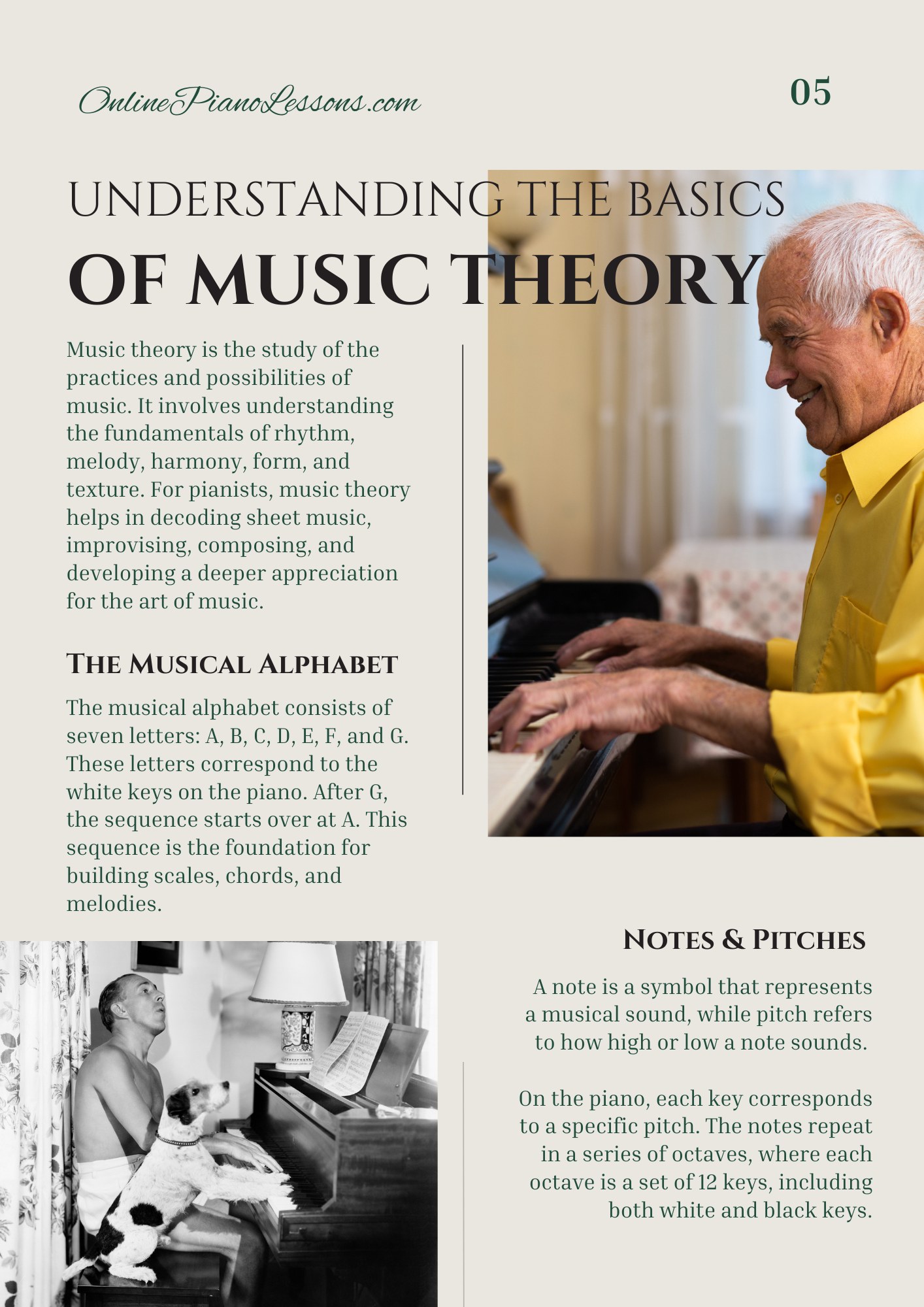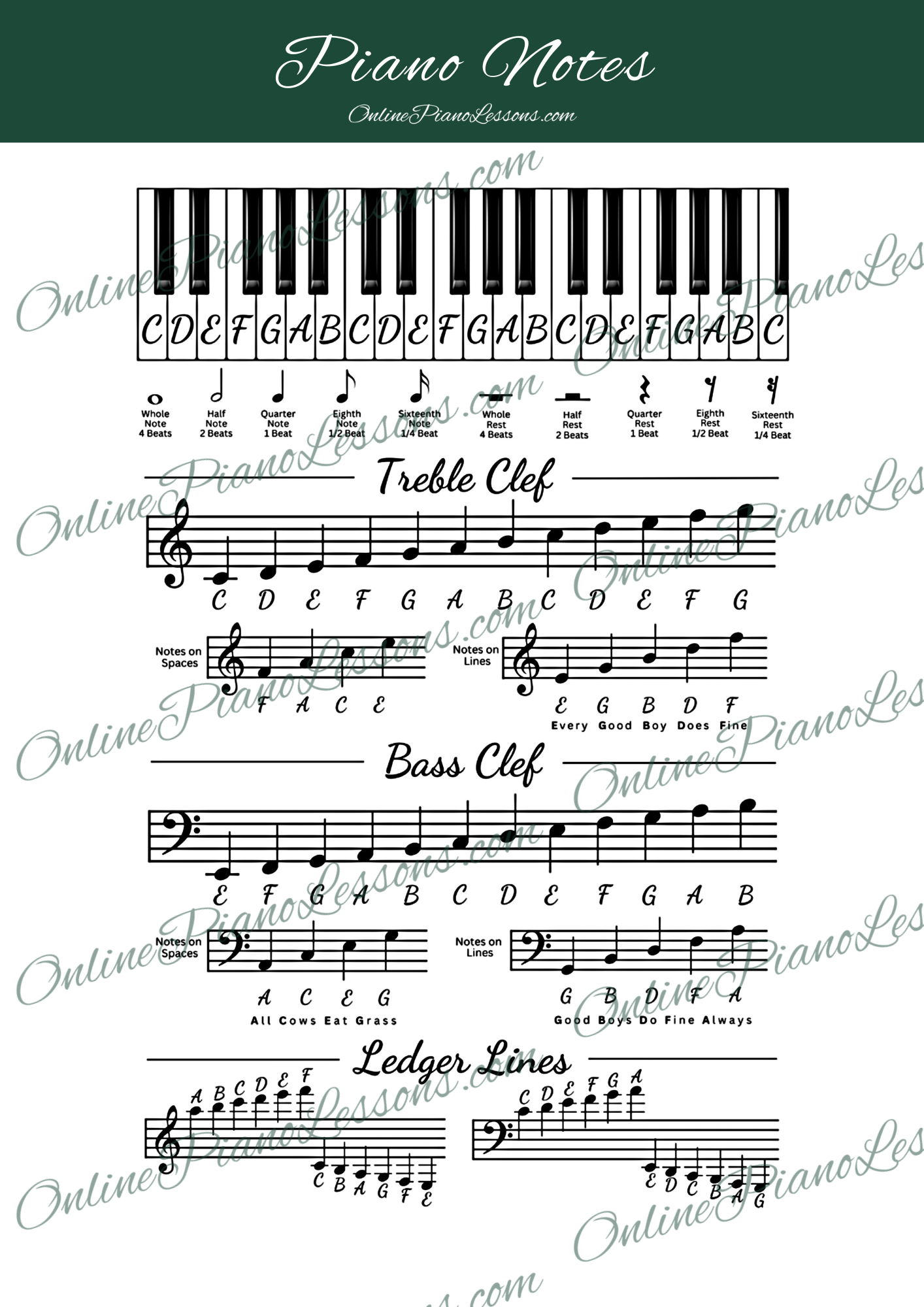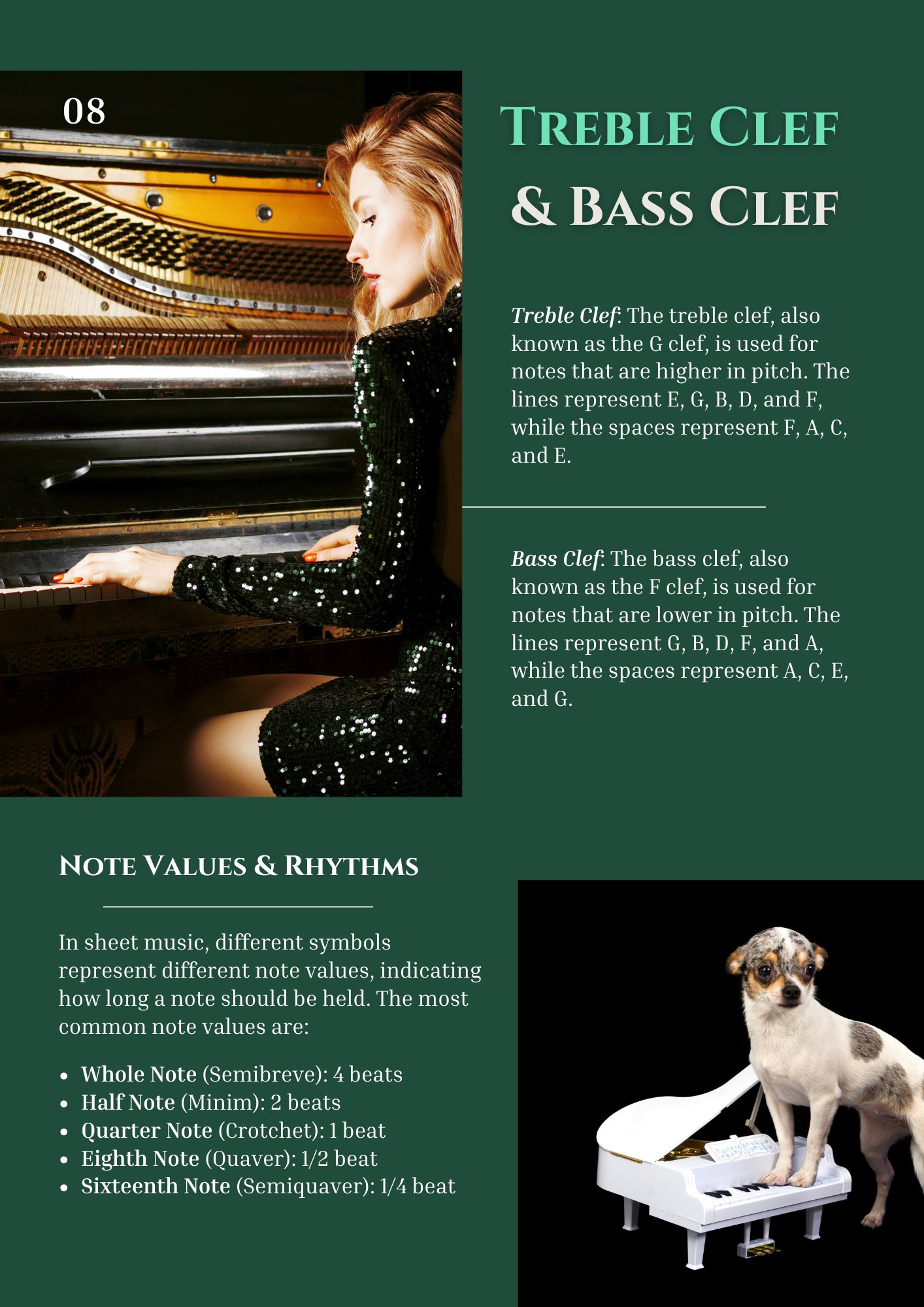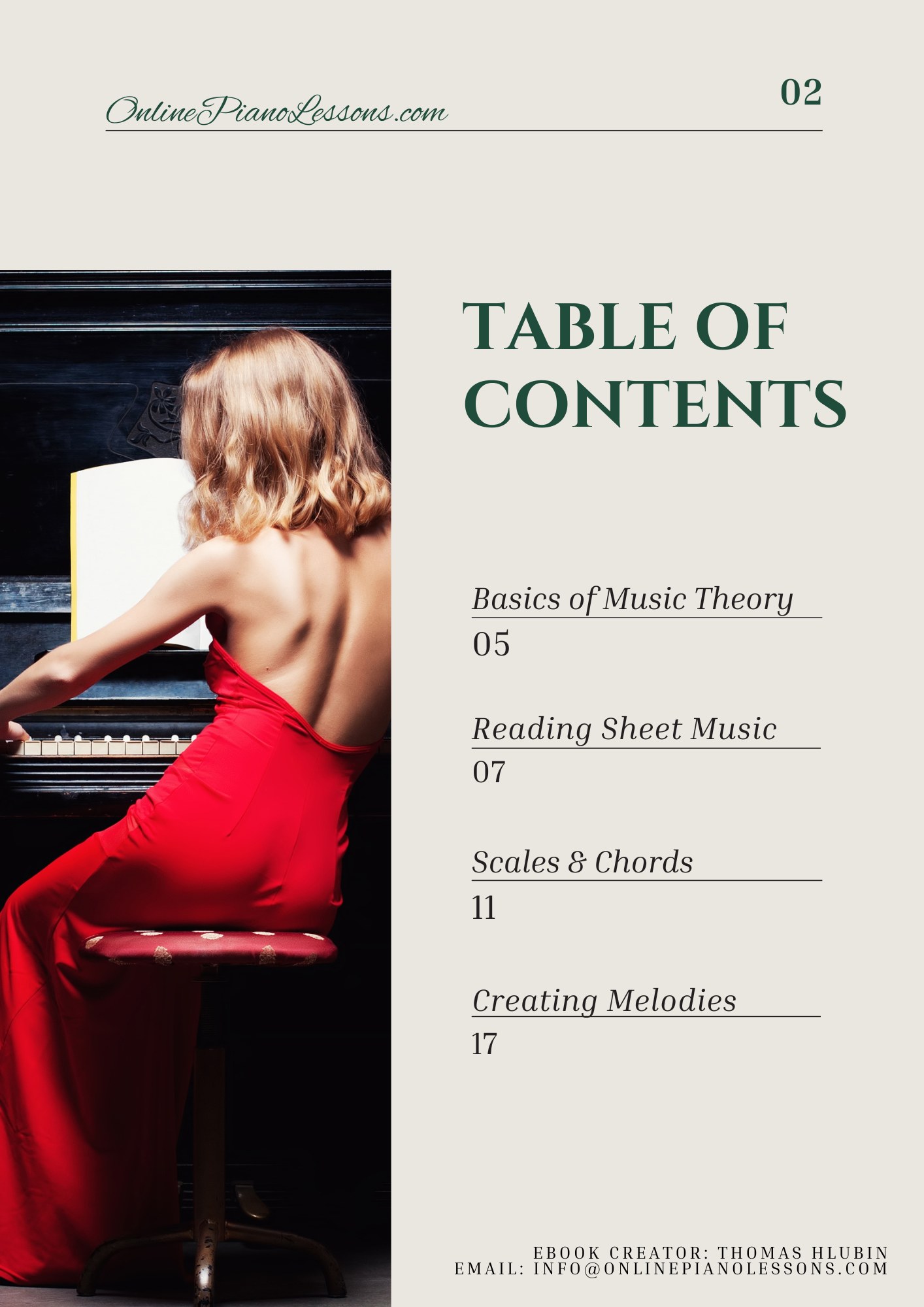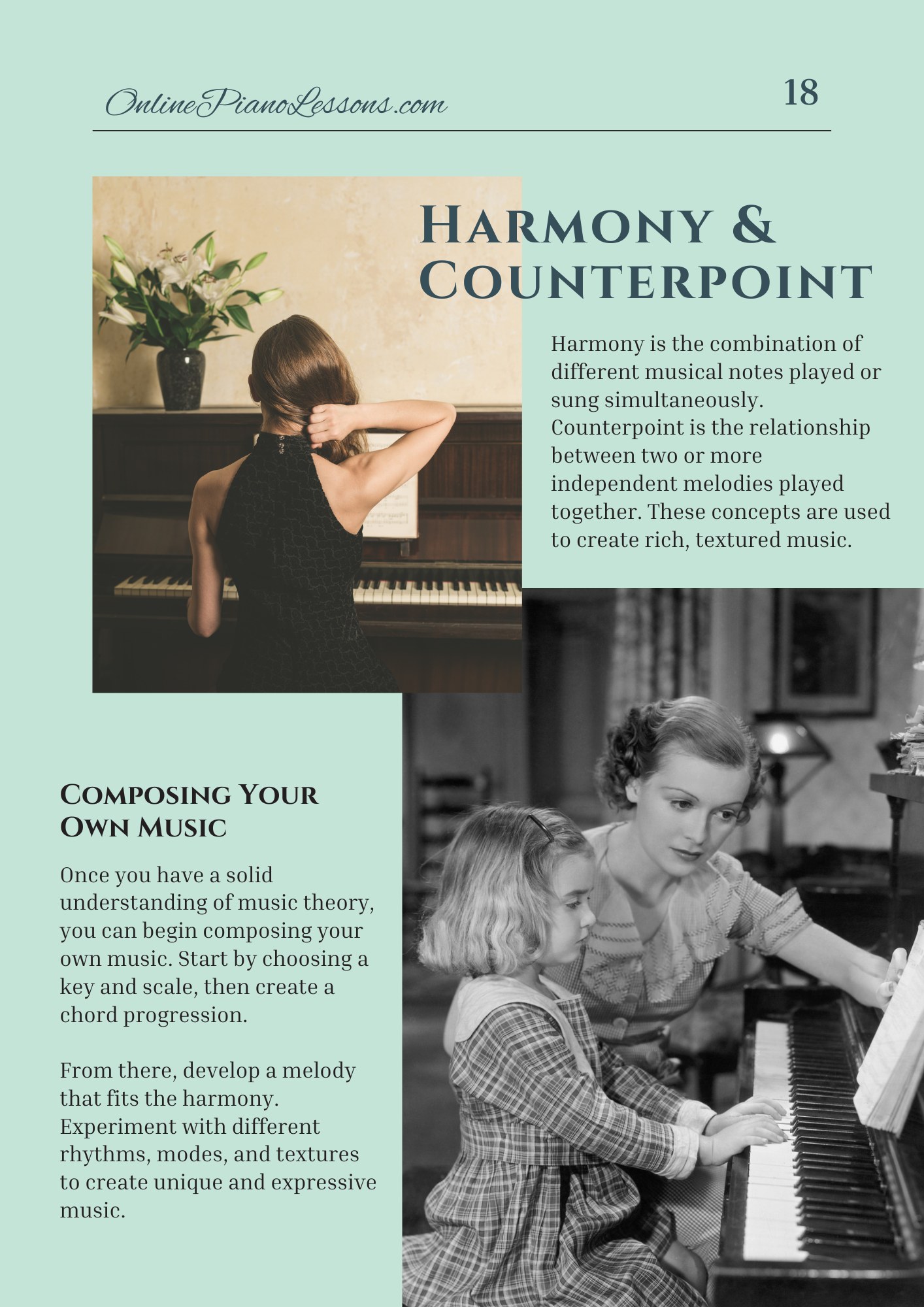When learning to read sheet music, one of the first symbols you’ll notice besides the notes and clefs are the vertical lines running through the staff. These are called bar lines. They may look simple, but bar lines serve as the backbone of written music. They divide music into equal sections based on the time signature, making rhythm easier to understand and follow.
For piano players, bar lines provide structure and clarity. Without them, sheet music would appear as an endless stream of notes with no sense of order. Understanding how bar lines work is critical for accurate rhythm, proper phrasing, and playing music as the composer intended.
Quick Preview: Bar lines in sheet music are the vertical dividers that organize music into measures, helping musicians keep time and stay synchronized. For piano players, bar lines are essential for reading, rhythm, and musical phrasing. In this guide, we’ll explore what bar lines are, why they’re important, the different types you’ll encounter, and how to use them effectively when playing piano.
What Are Bar Lines In Sheet Music?
Bar lines are vertical lines drawn through the staff to divide music into measures. Each measure contains a set number of beats, as determined by the time signature. For example, in 4/4 time, each measure has four beats, and the bar lines mark the boundaries of these beats.
In piano music, bar lines keep the left and right hand parts aligned rhythmically. They ensure that both staves (treble and bass clef) remain synchronized across the page.
The Purpose Of Bar Lines
Bar lines serve multiple purposes in sheet music:
- Organizing Rhythm – They divide music into measures, making rhythm easier to track.
- Helping Musicians Stay Together – In ensemble or orchestra playing, bar lines keep all instruments synchronized.
- Clarifying Time Signature – They reinforce how many beats are in each measure.
- Structuring Phrasing – Bar lines mark natural stopping points in the flow of music.
For pianists, bar lines are invaluable for practicing slowly and then increasing speed, as they provide natural checkpoints for rhythm and phrasing.
The Different Types Of Bar Lines
Not all bar lines are the same. Sheet music uses several types to convey different structural or expressive meanings:
- Single Bar Line – The most common type, dividing one measure from the next.
- Double Bar Line – Two vertical lines, often used to mark the end of a section or musical phrase.
- End Bar Line – A thicker line following a thin one, indicating the end of a piece or movement.
- Repeat Bar Lines – Vertical lines with two dots, signaling that a section should be repeated.
- Dotted Bar Line – A dotted vertical line, sometimes used for easier reading in complex rhythms.
- Invisible/Implied Bar Lines – Used in some modern scores to indicate free rhythm while still offering guidance.
Each type of bar line helps pianists interpret the structure and flow of the music more accurately.
Bar Lines And Time Signatures
Bar lines are directly tied to time signatures. A time signature specifies how many beats are in each measure and what note value represents one beat. For example:
- In 3/4 time, each measure contains three beats, and bar lines mark every group of three.
- In 6/8 time, bar lines divide the music into measures containing six eighth-note beats.
- In 4/4 time, bar lines group four quarter-note beats per measure.
Understanding how bar lines function with the time signature helps pianists keep rhythm steady while playing piano.
Bar Lines In Piano Music
When playing piano, bar lines are critical because they align the treble and bass clef staves. A single bar line stretches through both staves, making it clear how the two hands interact rhythmically.
For example, if the right hand plays running eighth notes while the left hand holds longer chords, bar lines ensure that both hands meet at the same rhythmic checkpoints. This is especially important when practicing complex classical works, jazz pieces, or modern piano compositions.
Common Mistakes With Bar Lines
Even though bar lines look simple, beginners often make mistakes with them:
- Ignoring Them – Some new pianists focus only on the notes and forget to count measures.
- Losing Track Of The Time Signature – Miscounting beats within measures can cause rhythm to drift.
- Misinterpreting Repeat Signs – Failing to recognize repeat bar lines leads to skipping sections or playing incorrectly.
- Overemphasizing The Bar Line – While bar lines organize rhythm, the music should flow naturally across them, not stop abruptly.
Bar Lines And Musical Expression
Although bar lines are technical tools, they also influence expression. Composers often use bar lines to shape phrasing, creating a sense of beginning, development, and closure within measures. Pianists who understand this can use subtle changes in dynamics and articulation to bring phrases to life, rather than playing mechanically from bar to bar.
Conclusion
Bar lines in sheet music may look like simple vertical lines, but they are one of the most important organizational tools in music notation. They divide music into measures, clarify rhythm, and help musicians stay synchronized. For pianists, bar lines ensure that both hands work together in perfect timing while providing structure for expressive phrasing.
By mastering how bar lines work, piano players can read sheet music more effectively and play with greater precision and artistry.
FAQ
1. What are bar lines in sheet music?
Bar lines are vertical lines that divide music into measures, organizing rhythm and structure.
2. Why are bar lines important when playing piano?
They keep both hands aligned, ensure accurate rhythm, and provide structure for phrasing.
3. What is the difference between a single bar line and a double bar line?
A single bar line divides measures, while a double bar line often indicates the end of a section.
4. How do bar lines relate to time signatures?
They mark off measures according to the beats specified in the time signature.
5. Do all types of music use bar lines?
Most traditional sheet music does, but some modern or experimental music may omit them or use alternative notation.

 Get Full Access (Only $5/mo)
Get Full Access (Only $5/mo)



 I love playing piano, creating new melodies and songs, and further developing my online piano course and making updates/additions to my site OnlinePianoLessons.com!
I love playing piano, creating new melodies and songs, and further developing my online piano course and making updates/additions to my site OnlinePianoLessons.com!  Now that is what I call fun!
Now that is what I call fun!

